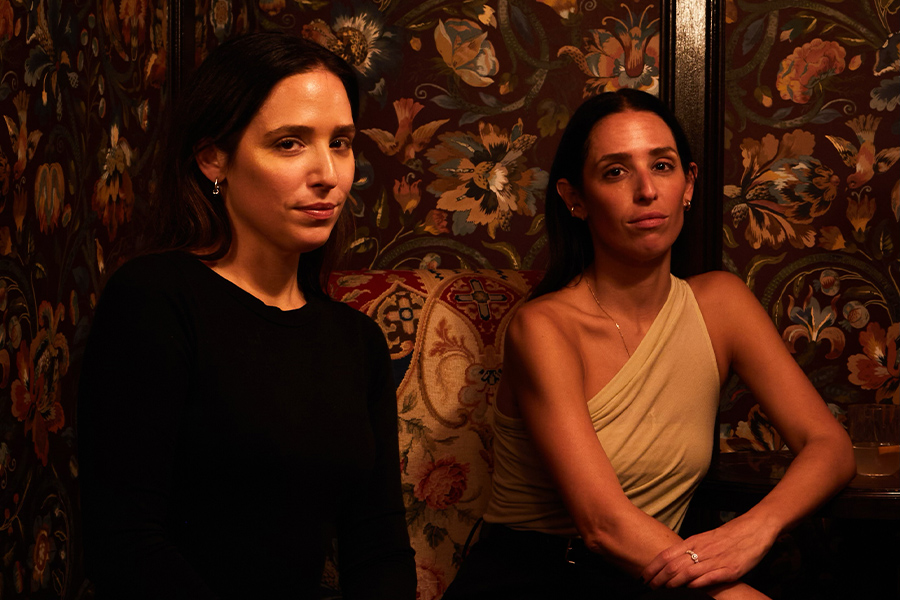“I would like to say starting the Sydell Group was part of a grand plan but the idea was to put together projects that we thought were compelling—there wasn’t any grand strategy to take over the world,” explains Andrew Zobler, CEO of the New York-based firm he founded in 2005 with partner, investor Ronald Burkle.
Growing up, Zobler traveled the world searching for vintage finds with his company’s moniker, his grandmother Sydell, who was in the antique business. “I always had this appreciation for found things and for design, but I never really did anything with it in my career until much later,” says Zobler, a former lawyer who cut his teeth with Starwood Hotels & Resorts and hotelier André Balazs.
At first, Sydell Group was solely a developer—most notable for industry game-changer Ace Hotel New York—but when it came to find the right operator for the NoMad, which opened in 2012 in a Beaux Arts limestone building in its now-namesake neighborhood in New York, he had an epiphany: “We had more of a vision for creating something really authentic to the building and the neighborhood,” he says. “[If we brought in an outside company], it would be more about fitting in their box, and our whole DNA is to not have a box.”
Sydell is expanding the luxury NoMad brand in the next year to both Los Angeles (in the iconic Giannini Building downtown) and Las Vegas (part of the Sydell-MGM $450 million transformation of the Monte Carlo into the new Park MGM). “Where New York is old school Parisian meets New York bohemian, LA is a completely different tension between classical Northern Italian and Californian,” he says, noting the brand’s original designer Jacques Garcia will handle the new outposts (Park MGM will be a Martin Brudnizki-Sydell effort). After the success of the Line Hotel, which opened in LA’s Koreatown in 2014, a second will open later this year in a former church in Washington, DC (a collaboration with New York-based INC Architecture & Design). DC might not seem like a logical choice for the eclectic, hyper-local brand, but for Zobler, “It was about falling in love with the building and it was super attractive to be in a residential neighborhood and not in the most traditional hospitality location.” A 420-room property in Austin will follow in 2018 with interiors by Venice, California firm Knibb Design, the firm behind the LA property. And after openings in Miami and Chicago, Freehand, Sydell’s communal-focused hostel-hotel hybrid, recently debuted in LA and is heading to New York next year. “It has this youthful energy, this friendliness that is sincere,” he says. The model includes shared rooms to attract young travelers, and suites (as well as roomservice and a doorman) for business and more seasoned guests.
Although each property is unique, Zobler says they speak to each other thanks to Sydell’s idiosyncratic—location and architecturally driven—way of creating hotels. “To me it’s a lot easier to bring a bunch of people together,” he says. “We spend a lot of time finding [people who] weave together a great story and then we let them do their own thing.”
Take chef Daniel Humm and restaurateur Will Guidara of Michelin-starred Eleven Madison Park fame, who he brought in to run NoMad’s namesake restaurant and now are an integral part of the brand. Or the celebrated design duo Roman and Williams, who helped define Freehand as a comfortable yet inspired space. “Whether it’s Freehand speaking to a hipster kid on a budget or it’s NoMad speaking to an elegant couple from abroad, the attraction [to both] is not so different,” he says. “There’s a sense of style, there’s a point of view, there’s great food. It’s just being done at different levels, but it’s tied together in a way that all makes sense.”
His latest and most ambitious collaboration to date is the Ned in London. A partnership with Nick Jones of Soho House & Co, the hotel-membership club combo is a restoration of the iconic circa-1924 former Midland Bank, a Grade One-listed building, outfitted with nine restaurants, 252 bedrooms, a spa, and the club, which gives members access to a massive rooftop pool, gym, and late-night lounge Ned’s Downstairs, tucked in one of the restored basement vaults and lined with 3,000 original safety deposit boxes. The idea was that “if we put the two of us together, we could do something that was much better than the sum of its parts,” he notes.
“Sometimes when I look back at the early ones, I [see] how naive we were, what we didn’t know,” he says. With opening eight hotels within 18 months, “it’s important to see the forest through the trees.”


